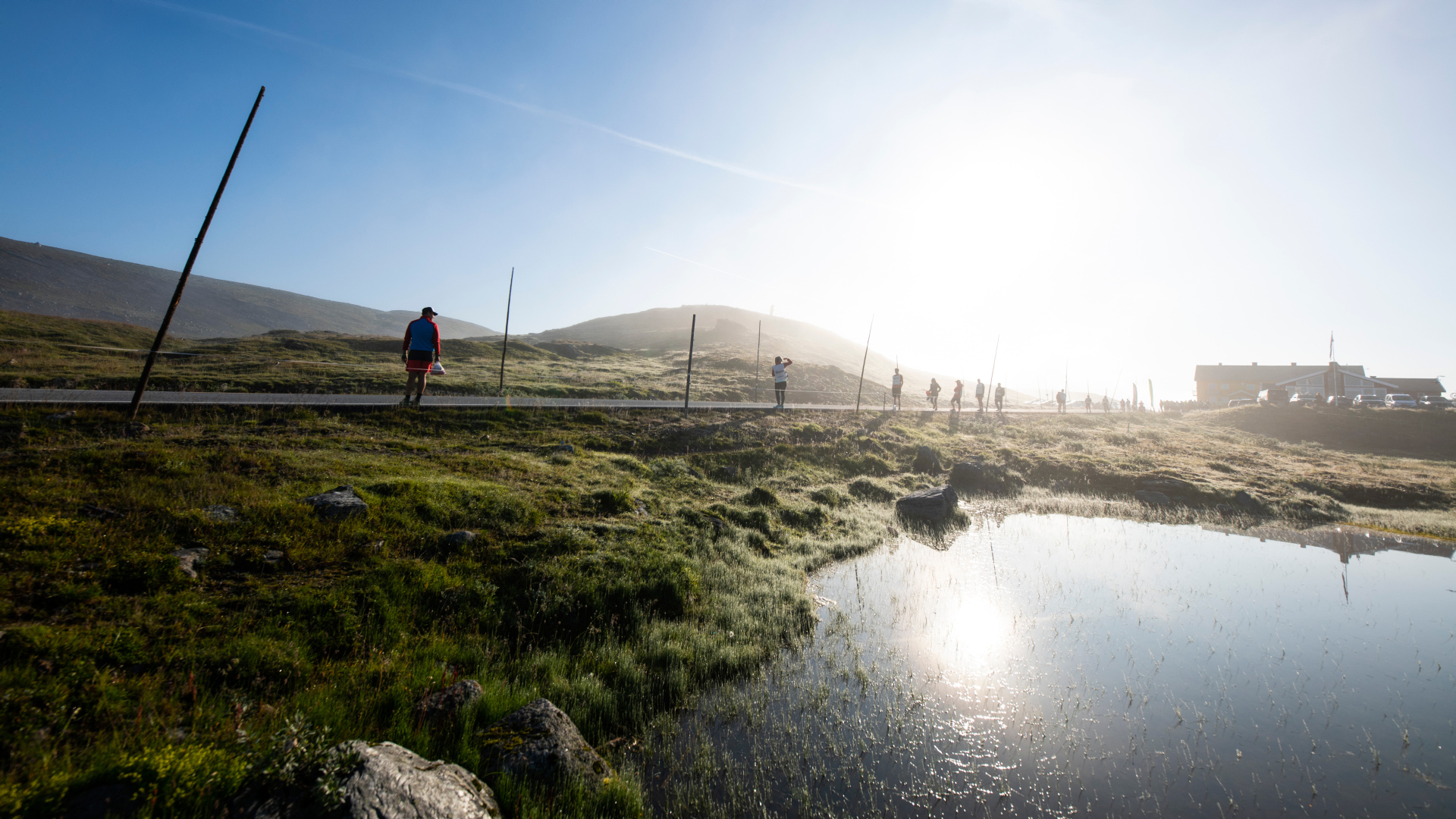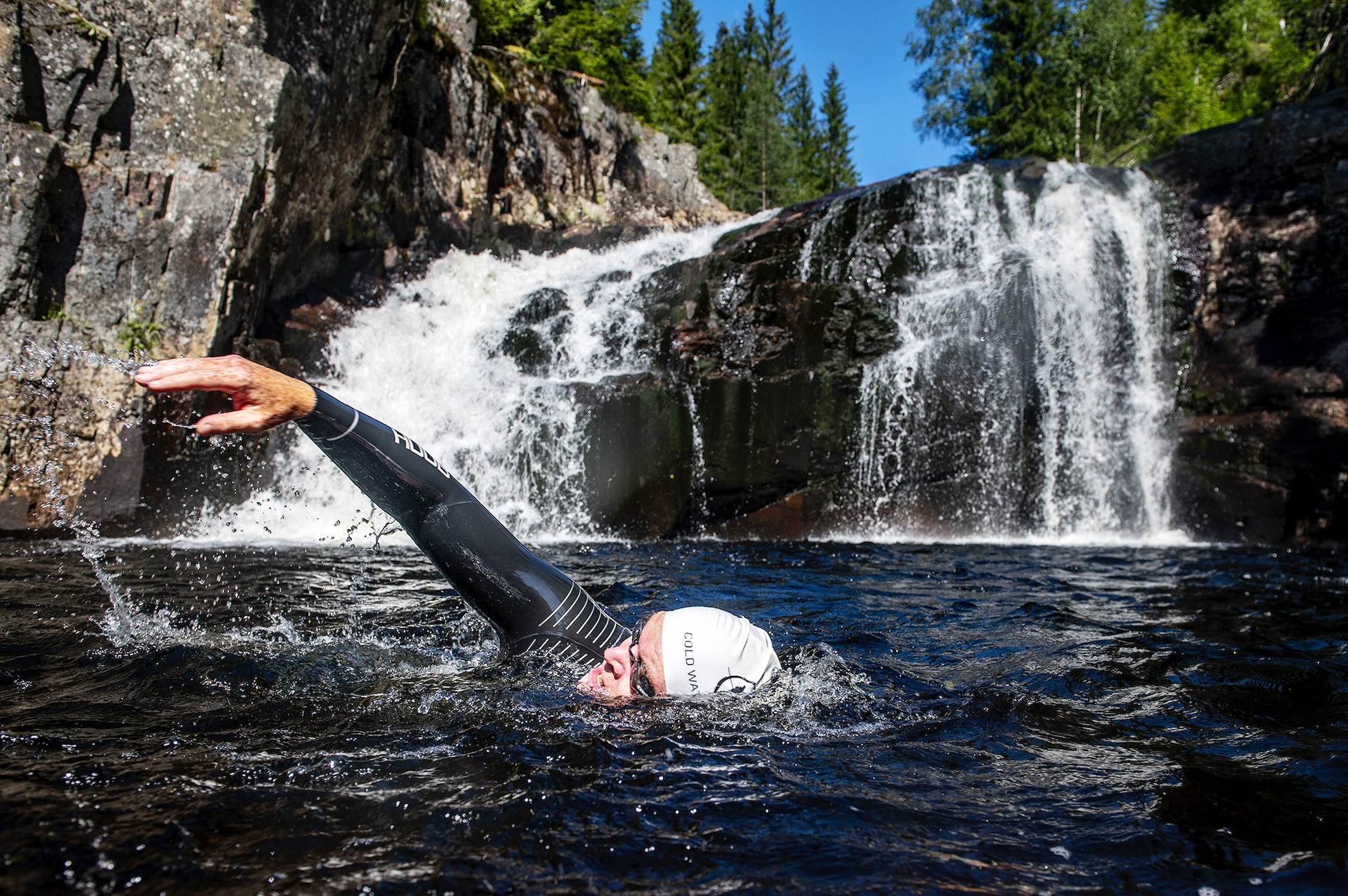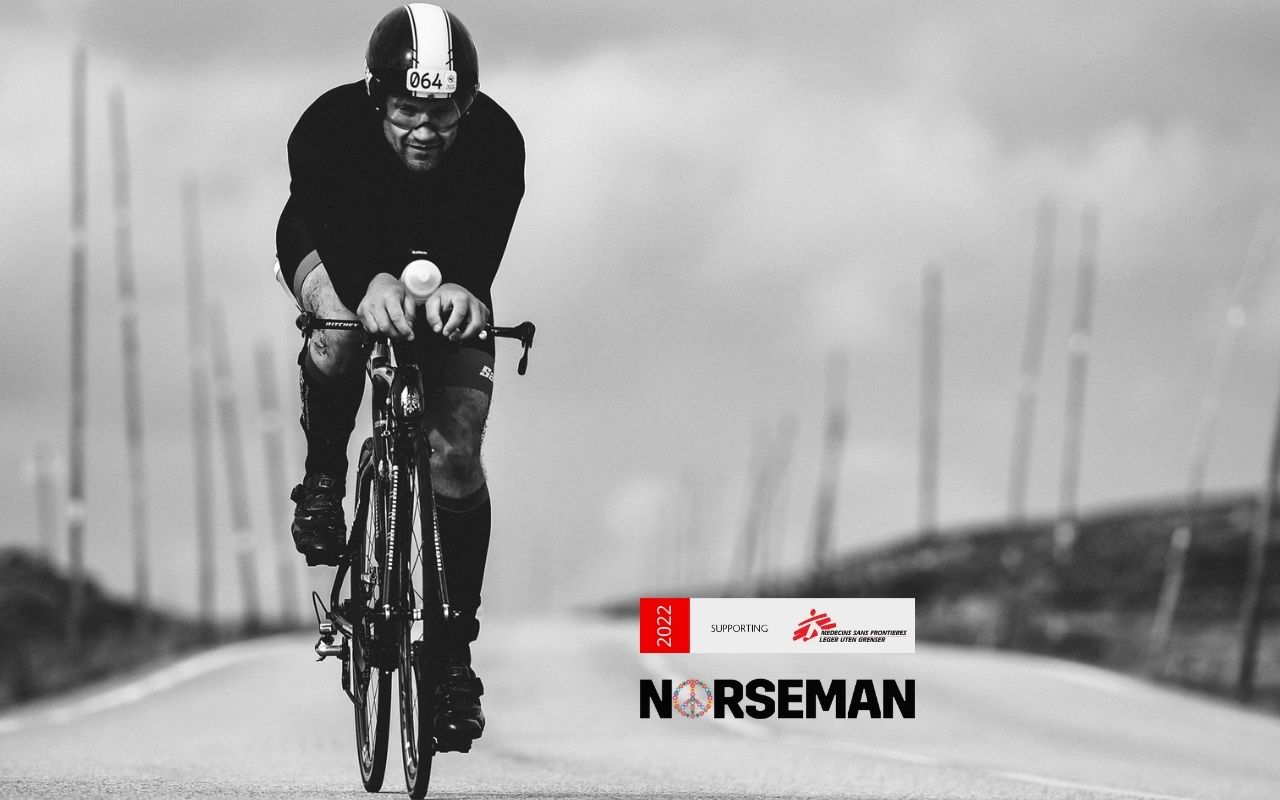The hi-tech “pills” our athletes swallow to measure core temperature is a relatively new technology. It gives us access to some new and exciting data. The “pills” (or rather capsules) record and store the temperature every minute. We can follow the athletes’ temperature from minute to minute when downloading the data after the race. This gives us a unique opportunity to see what is happening to the core temperature during an extreme race like the Norseman.
Data from three years of racing is now investigated and published. The data reveals that most athletes did not get very cold during 2017, 2018, and 2019 while swimming. This indicates two things. First, the water was not particularly cold (by Norseman standards) during these three years. The water temperature was between 14.4–16.4°C. And secondly, that most athletes probably wore proper wetsuits. We did not find a notable after-drop during our investigations.
There are some other notable findings. First, a few athletes did get very cold. This is consistent with other studies we and others have done. As organizers of an extreme race, we have to take this into account. Organizers have to be prepared for hypothermia. We also found that many of our athletes have a poor perception of their core temperature. This finding is also consistent with other studies. It may also mean that relying on your judgment when deciding if you are too cold or not isn’t your best bet.
Previously we have published a study where athletes were swimming with a wetsuit in 10°C water. This previous study found that the water temperature was too low for safe racing with a full-distance swim. The Norseman Research Team has gained some valuable knowledge from the last years of investigations. We aim to do Norseman as safely as possible, as well as helping other races doing the same.











